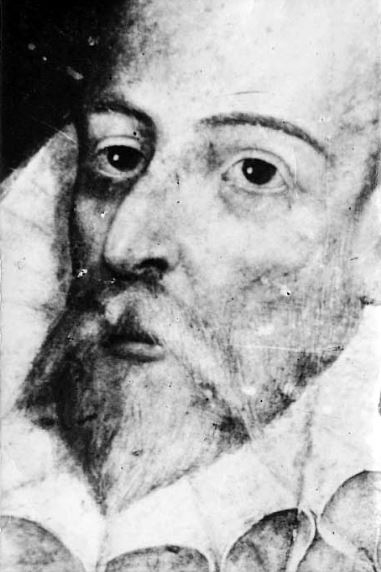 Persona - Cervantes Saavedra, Miguel de (1547-1616)
Persona - Cervantes Saavedra, Miguel de (1547-1616)
Identificación
Tipo:
Persona
Forma autorizada:
Cervantes Saavedra, Miguel de (1547-1616)Otras formas
Fechas de existencia:
Alcalá de Henares (Madrid, España) 1547-09-29 - Madrid (España) 1616-04-23
Historia:
Escritor, novelista, poeta, dramaturgo y soldado español.
Nació en Alcalá de Henares en 1547. Hijo del médico cirujano, Rodrigo de Cervantes y de Leonor de Cortinas. Estudió en Madrid, siendo alumno de Juan López de Hoyos, rector del Estudio de la Villa. A los 20 años, escribió sus primeros poemas dedicados al nacimiento de la Infanta Catalina Micaela, segunda hija de Felipe II e Isabel de Valois. En 1569, marcha a los dominios españoles en Italia, vive en Roma como camarero de monseñor Acquaviva y se alista como soldado, en la compañía de Diego de Urbina. En 1571, lucha en la Batalla de Lepanto, donde pierde la movilidad de su mano izquierda. En 1575, se embarca en Nápoles, para volver a España y es hecho prisionero por los corsarios berberiscos, permaneciendo cautivo en Argel, durante cinco años.
Pagado el rescate y de vuelta en Madrid, inicia una época de solicitudes de destino, que recompensen los servicios militares prestados. No logra que le asignen ninguna vacante, pero se integra perfectamente en el ambiente literario de la Corte, manteniendo amistad con los poetas más destacados (Laýnez, Figueroa, Montalvo, Padilla, Maldonado, Dantisco, etc.) y se dedica a redactar "La Galatea", que se publicará en 1585. Contrae matrimonio con Catalina de Salazar, hija de Catalina de Palacios y natural de Esquivias. En 1587, obtiene el cargo de comisario real de abastos para la Armada Invencible, al servicio de Antonio de Guevara, Comisario General de la provisión de las Galeras Reales. Inicia un período ajetreado, al que se dedicaría durante unos quince años y que le ocasionaría muchos trastornos incluídas estancias en la cárcel. Entre 1603 y 1606, el matrimonio vive en Valladolid, donde ha sido trasladada la corte por el rey Felipe III y allí vive rodeado de la parentela femenina: Andrea, Constanza, Magdalena y su hija natural, Isabel de Saavedra. En 1605, publica "El ingenioso hidalgo don Quijote de la Mancha", dirigido al duque de Béjar. Siguiendo a la Corte, Cervantes regresa a Madrid definitivamente, hasta el final de sus días. En esta etapa final, publica numerosas obras: las Novelas Ejemplares (1613), Viaje al Parnaso (1614), la segunda parte del Quijote (1615), Los trabajos de Persiles y Sigismunda (1617), también se traduce al inglés la primera parte del Quijote (1612). Enfermo de hidropesía, murió en abril de 1616 en Madrid y fue enterrado en el convento de las trinitarias descalzas, de la actual calle de Lope de Vega.
Ocupaciones
Profesión (Es realizada por):
actividad:
actividad:
actividad:
Lugares
Lugar de Residencia:
Lugar de Residencia:
Lugar de Residencia:
Lugar de Nacimiento:
Lugar de Defunción:
Conceptos/Objetos/Acontecimientos
Fuentes
Relaciones
Relaciones asociativas :
Relaciones familiares :
Enlaces Externos
Recurso web:
Biografía virtual:
Página Institucional:
Fichero de Autoridades:
Fichero de Autoridades:
Documentos
Productor de:
- No hay Unidades de Descripción asociadas.






